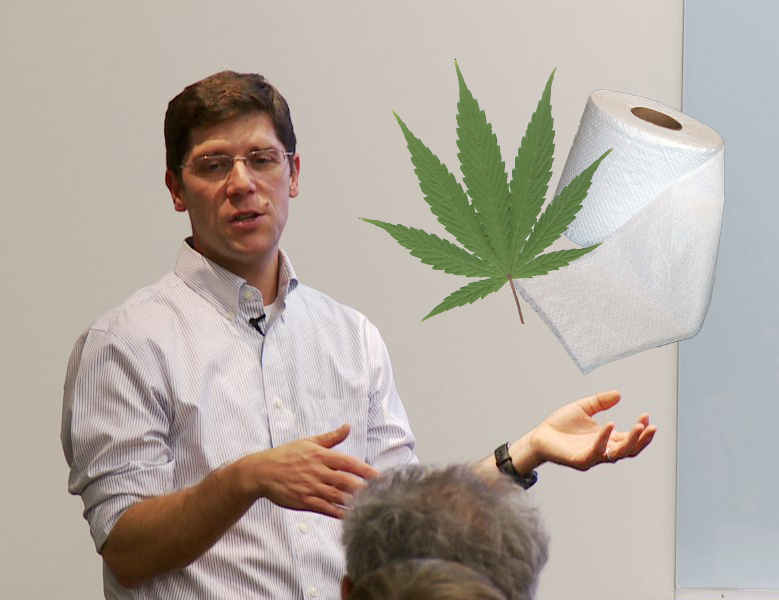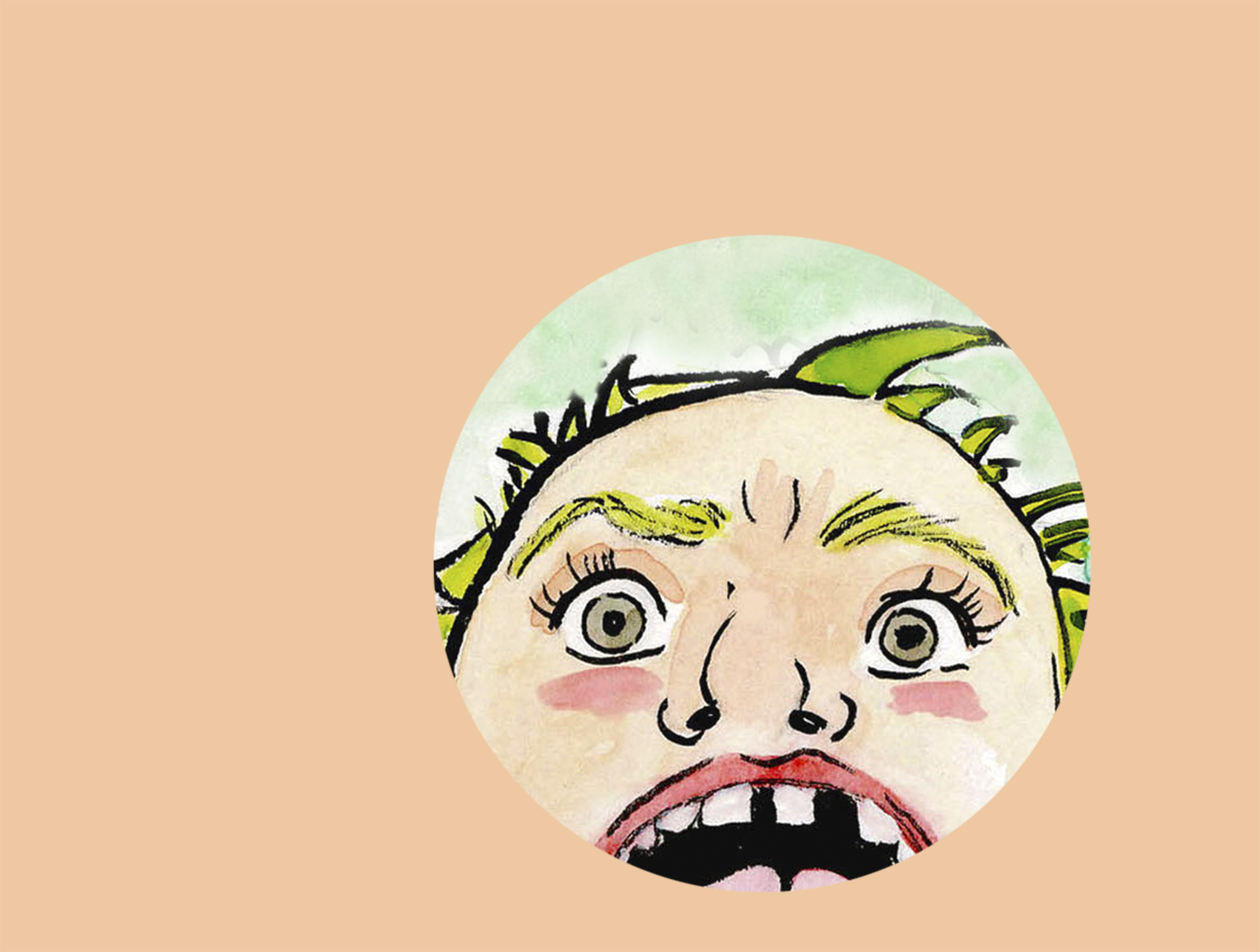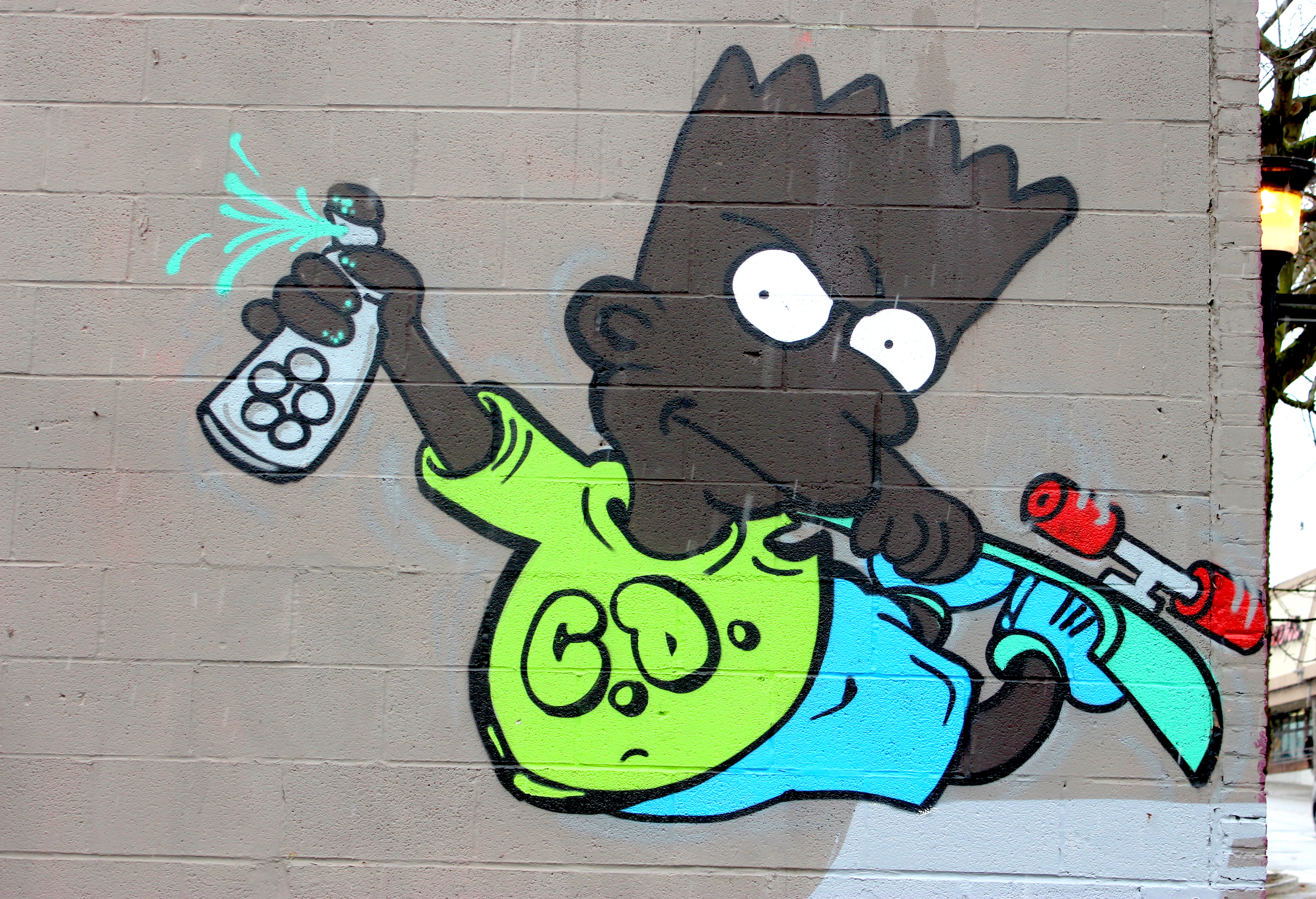UW Drug Use Epidemiologist Caleb Banta-Green hopes that soon he’ll be able to snag dozens of vials of Washington State sewage. The reason? To see how much pot we’re smoking.
“In my magical world,” Banta-Green tells Seattle Weekly, “I would get samples from a dozen or two dozen cities across the state that are quite different in terms of Eastern and Western Washington, big cities, little cities, college cities, retirement towns, and ideally sample quite frequently, maybe two dozen times a year, even four dozen times a year.”
In what would basically be a pee-test of epic proportions, Banta-Green is interested in the sampling method because it’s anonymous, localizes results, and is far more accurate than most drug-use data, which is often only collected on a State level and based on unreliable phone surveys. The author of Washington’s pot law, Allison Holcomb, thinks it’s a marvelous idea.
The idea came from a similar test Banta-Green did with a colleague at Oregon State University in 2008.
“We had arranged to have wastewater samples collected for one day from 96 municipalities in Oregon, which is 57 percent of the population. “We looked at three different drugs with patterns of abuse: methamphetamine, cocaine, and MDMA (ecstasy). We found methamphetamine in every one of these cities. We found cocaine in most of these cities. And we found MDMA in maybe half these cities, mostly bigger cities and college towns. We thought that was interesting academically—you know, that this method appeared to work—but then also from a public perception, drug policy perspective what I found really compelling was that none of these cities except maybe Portland had drug use data about their own city. It was always a state average.”
Above: Carboxy-THC, the metabolite that indicates weed consumption, is apparently (and appropriately) very sticky
Banta-Green believes the potential the method has for improving drug policy conversations and public perceptions on drug use is enormous. “This is a way of saying, ‘we’ve got methamphetamines in every city’—it’s not like the cities should be pointing at the country and the country should be pointing at the city—it’s everywhere. I can’t tell people what to do with that information, but if you’re going to have a conversation about drug policy, whether its legal policy, or public health or treatment services, you should know where the drug use actually is. That’s where it starts—to have an informed, quantifiable data set to base this conversation on rather than say, a limited phone survey.”
The dataset also has the potential to reveal interesting trends in weekly usage. For instance—Banta-Green found that meth use was essentially a flat line throughout the week, while cocaine usage spiked midweek and on weekends. He says that testing for pot in Washington wastewater could provide data on how many people are using recreationally on weekends, or more heavily throughout the entire week.
“The consumption is really interesting because now, we could say ‘here’s the total number of marijuana consumed in a community, and guess what, we have tax revenue data.’ So we can say how much we think is due to the legal market, and how much is due to the medical and black market.”
Interestingly enough, Banta-Green says weed is one of the harder drugs to test for in wastewater because of its metabolite, carboxy-THC, which “sticks to stuff—it sticks to the sewer line and stuff floating in the sewer line.”








